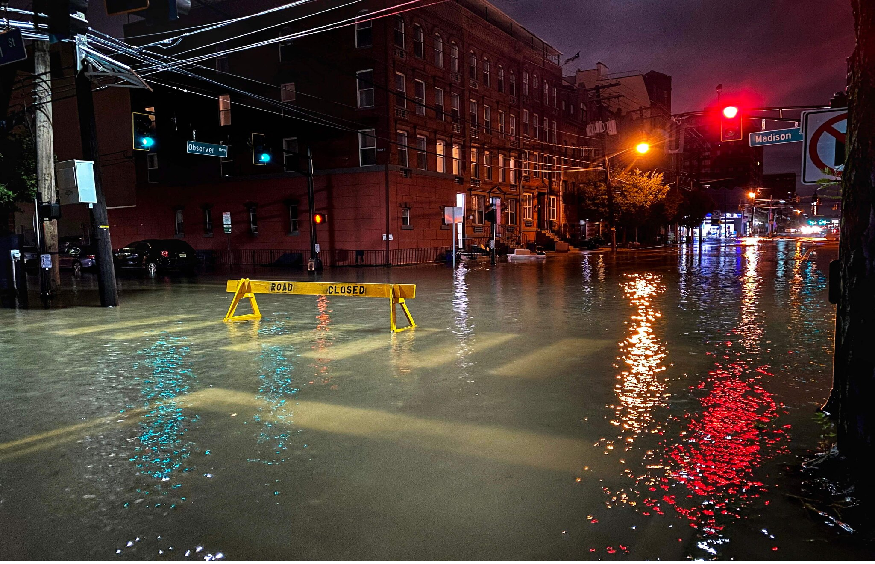More floods are occurring around the world and causing more destruction than any other natural disaster. In areas that are not considered high risk, they can occur in just a few minutes or last a few days.

As a result, it makes sense to create an Emergency Plan with the services of water remediation for Floods when creating a business continuity plan for your company. By doing so, you are protecting your employees, saving time, reducing property damage and restoring business operations in a timely manner.
Anticipate the possible effects of a flood
Climate and weather events in your area, including the time of year when floods are more likely, should be taken into account. Learn if any protective measures are in place, such as settling basins for alluvium, dikes, or reservoirs, and how extensive a flood could be in your area (based on average flood rates, which illustrate height, depth, and amount of time a flood lasts). Be sure to also examine the impact that closed roads or bridges can have on your business and investigate the drainage system of your facilities.
Implement prevention measures in advance.
If a flood occurs, store keys and vital documents higher up. Install protective walls, waterproof enclosures, and backup systems such as electric water pumps, power generators, and batteries for lighting. Ensure valves on water and sewer lines are in good working order, and keep vulnerable equipment, raw materials, and finished products away from doors and windows.
Establish a 24/7 emergency response team
The responsibilities and authority levels of this team must be clearly defined. Then they will be able to:
Provide them with information on when, how, and where they can get the latest flood information about water remediation.
Determine which business functions need resources most urgently.
Organise your contacts, passwords, suppliers, and customers into lists.
Place drawings of the building where emergency exits, fire prevention systems, etc. can be clearly seen.
Identify emergency response procedures
Together with your response team, create an emergency plan that addresses:
Inform employees, customers, vendors, government officials, and the media about how the flood is affecting your business.
Protect employees from electrocution or health effects associated with contact with contaminated water. If a flood occurs, wear rubber boots, waterproof gloves, and respiratory protection. The flooded electrical system is not safe.
Make sure the building is secure. During a flood, contact professionals to check the building’s stability before you enter the infrastructure and then inspect all the equipment for damage. Repair or replace damaged HVAC systems, water heaters, gas valves, and electrical wiring by removing wet and porous materials.
Closing all equipment and services, and evacuating the premises.
Prepare employees for floods by training them what to do. Provide information on safety, medical emergencies, and relocation.
Update your plan and test it
To ensure a quick, safe and adequate response to a flood, review your safety procedures before the event. Inform your emergency response team of what you’ve learned if this natural disaster were to occur.


